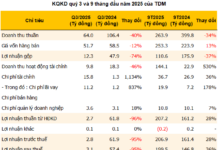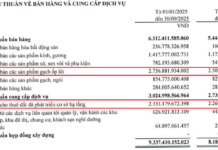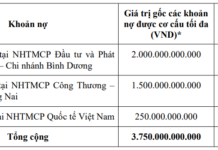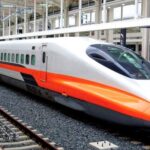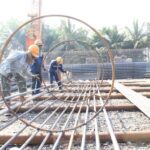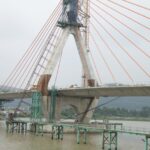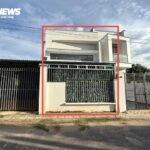The Lao Cai – Hanoi – Haiphong – Quang Ninh railway line originates at Lao Cai Station (from the rail connection point with China) and terminates at Ha Long Station (belonging to the Kep – Ha Long railway line). The total length of the line is approximately 427km, including 41 stations along the route.
The line traverses 10 provinces and cities, namely Lao Cai, Yen Bai, Phu Tho, Vinh Phuc, Hanoi, Bac Ninh, Hung Yen, Hai Duong, Hai Phong, and Quang Ninh. The consulting consortium TRICC – TEDI divided the Lao Cai – Hanoi – Haiphong – Quang Ninh railway line into 2 main lines and 2 branches.
The first main line stretches from Lao Cai to South Haiphong and Lach Huyen Port, spanning over 391 km. The second main line, from South Haiphong to Cai Lan, measures 50.5 km. Meanwhile, the first branch line connects South Haiphong to Nam Do Son Port, covering 12.6 km, while the second branch, from Nam Dinh Vu to Dinh Vu, is 7.4 km long.
According to the Vietnam Railway Authority, the entire route will feature 56 large bridges with a total length of 47.5 km, crossing major rivers such as the Red River, Lo River, and Bach Dang River. It will also cross expressways, including Hanoi – Lao Cai, Hanoi – Haiphong, and Haiphong – Quang Ninh, as well as national and provincial highways. Additionally, there will be 11 tunnels constructed along the line.
The railway line will include 10 stations serving both passengers and cargo, located in Yen Bai, Phu Tho, Viet Tri, Vinh Phuc, Vinh Yen, Tam Hop, Bach Hong, Dong Anh, Lac Dao, and Hai Duong. The remaining stations will be dedicated to either cargo or passenger trains. Five stations are planned for the seaports of Lach Huyen, Nam Do Son, Nam Dinh Vu, and Dinh Vu.
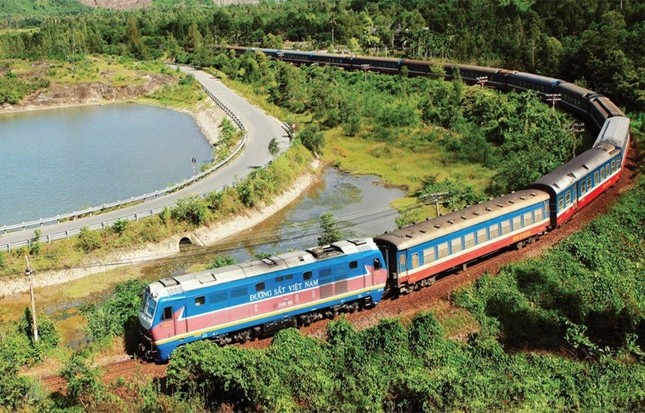
The estimated total investment requirement for the Lao Cai – Hanoi – Haiphong – Quang Ninh railway line exceeds VND 179,000 billion.
The estimated total investment for the railway line is over VND 179,000 billion, including VND 23,448 billion for land clearance costs and VND 107,260 billion for construction and equipment expenses. The remaining amount is allocated for consulting, project management, and contingency funds.
According to the consulting consortium TRICC – TEDI’s calculations, the transport demand for the Lao Cai – Hanoi – Haiphong – Quang Ninh railway network is projected to reach 12.7 million tons of cargo and 4.6 million passengers by 2030. By 2040, the expected demand is 14.9 million tons of cargo and 6.2 million passengers, further increasing to 17.4 million tons of cargo and 8.3 million passengers by 2050.
The primary objective of this railway line’s planning is to enhance the transport capacity of the Lao Cai – Hanoi – Haiphong – Quang Ninh route to meet the growing demand for railway transportation and ensure the efficient utilization of the line. It aims to connect the national railway network with seaports, industrial zones, and tourist destinations, maximizing the effectiveness of railway transportation and contributing to the industrialization and modernization of the country.
This line also serves as a critical link connecting major economic zones, industrial parks, and seaports, aligning with Vietnam’s strategy of the “Two Corridors and One Belt” (the economic corridor of Kunming – Lao Cai – Hanoi – Haiphong – Quang Ninh and Nanning – Lang Son – Hanoi – Haiphong – Quang Ninh) within the framework of the China-ASEAN Free Trade Agreement.
Regarding the project timeline, the consultants recommend that the Lao Cai – Hanoi – Haiphong section be prioritized for investment and construction by 2030. The Haiphong – Quang Ninh section will be studied for implementation after 2030, coinciding with the investment schedule of the coastal railway line from Nam Dinh to Thai Binh, Haiphong, and Quang Ninh.
Clarifying the Localization Prospects of the High-Speed North-South Railway
The Ministry of Planning and Investment has requested the Ministry of Transport to clarify the potential for increased localization and technological mastery in the context of the pre-feasibility study report appraisal for the North-South high-speed railway project. This includes a critical evaluation of the benefits of public investment compared to other forms, especially in sections where there is no apparent advantage for railway development.
Unlocking Investment Opportunities: Binh Duong’s ‘Transport-Led Development’ Strategy
By prioritizing investment in its transportation infrastructure, Binh Duong Province has successfully attracted a significant number of investors. Currently, the province boasts an impressive 71,776 domestic enterprises with a total registered capital of 786 trillion VND, along with 4,347 foreign-invested projects totaling 42 billion USD in registered capital.
The Power of Persuasion: Unveiling the Art of Captivating Investors
A bold and captivating title, indeed!
Miss Thao Nhi Le, the runner-up of a renowned beauty pageant, left the 5 Sharks in awe as she pitched her venture, Nimai – an exquisite niche fragrance brand. With her entrepreneurial spirit, Nhi Le introduced the soon-to-be-launched brand in Vietnam, showcasing its unique, limited-edition fragrances crafted in France.
Mobilizing Over 6,500 Workers and 2,200 Equipment, Most Transport Projects in the Mekong Delta Are Still Delayed by 4-15% Due to One Main Reason
The Mekong Delta region is currently undertaking nine significant national transportation projects, totaling an impressive investment of 106,000 billion VND. Of these ambitious ventures, eight are already under construction, with the My An – Cao Lanh Expressway (funded by South Korean ODA) undergoing final procedural refinements ahead of its anticipated launch in early 2025.
The $65 Million Bridge in Bac Giang Province: The Thuân An Corporation’s ‘Missed’ Deadline
This week, a vice-chairperson of the Bac Giang Provincial People’s Committee is expected to meet with relevant stakeholders to address challenges and accelerate the progress of the Dong Viet Bridge project. This initiative is linked to the Thuân An Group, and the local government’s intervention aims to facilitate its timely completion.











